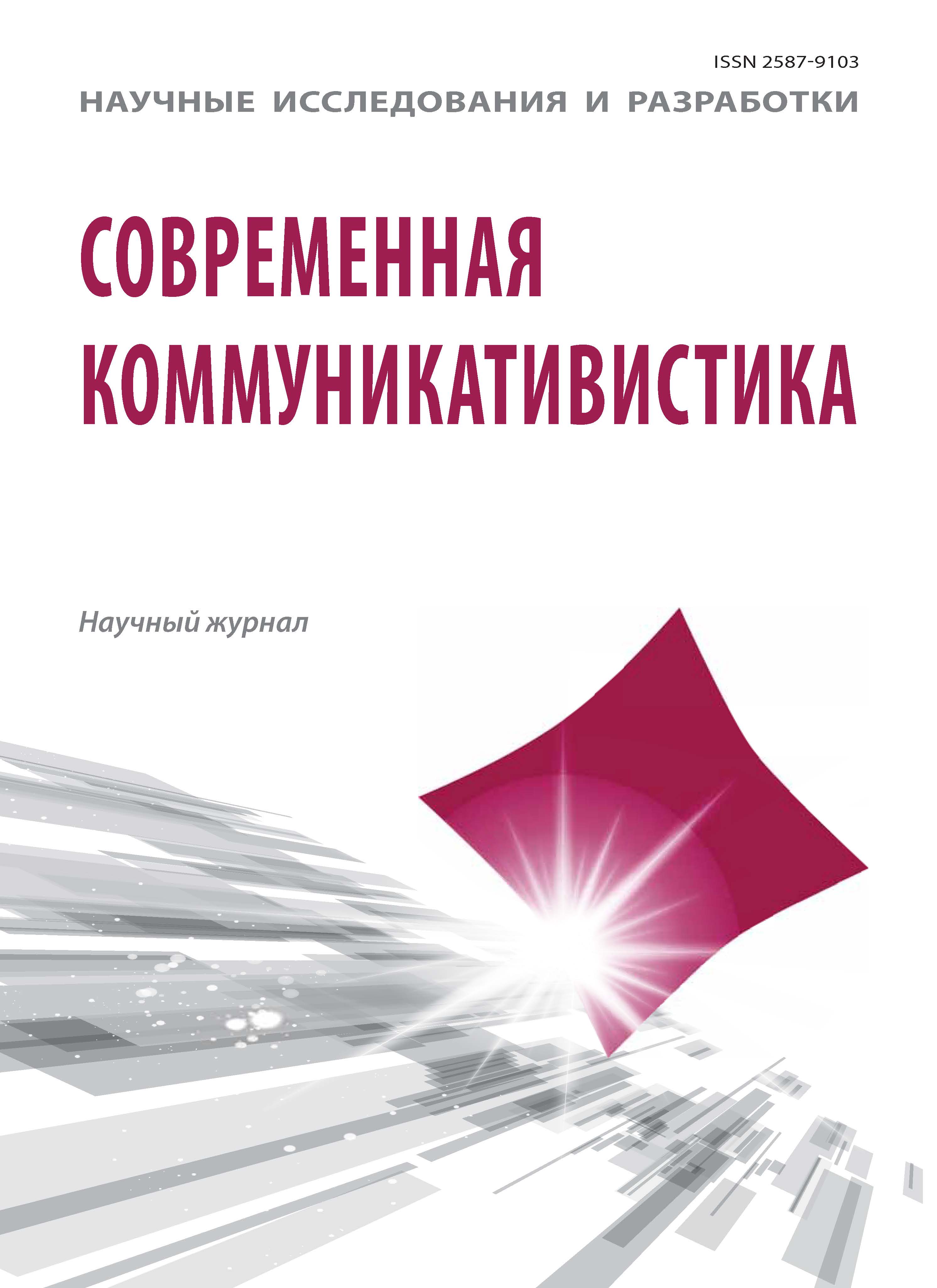The article describes a method of immanent analysis of literary text with all its varieties. The immanent approach to the literary text is represented as a basis of aesthetic communication between a writer and a reader that implies the connection of the rational aspect of understanding a literary work with its emotional and intuitive holistic perception. Unconscious, intuitive admiration of a work of literature precedes the conscious enjoyment of them. The role of analysis in aesthetic pleasure is in finding the reasons why we like the work, and then in increasing the experience of pleasure through the help of special techniques and methods of commenting and interpretation of the text.
linguistic circle, Gogol, “the Overcoat”, immanent analysis, aesthetic communication, stylistic experiment, Prince Sergey Volkonsky.
Восприятие произведения искусства слова предполагает ситуацию «разумно-жизненного общения» между писателем и читателем, возникновение понимания, которое не сводится к логике, но включает в себя и живой личностный контакт, эмоциональный резонанс.
1. Arnol’d I.V. Interpretatsiya angliyskogo khudozhestvennogo teksta [Interpretation of English artistic text]. 1983. 303 p.
2. Arnol’d I.V. Interpretatsiya khudozhestvennogo teksta: tipy vydvizheniya i problema ekspressivnosti [Interpretation of the artistic text: types of nomination and the problem of expressiveness]. Semantika. Stilistika. Intertekstual’nost’ [Semantics. Stylistics. Intertextuality]. Moscow, 2013. 448 p.
3. Bobylev B.G. Germenevticheskie opyty: filologicheskoe tolkovanie khudozhestvennogo teksta [Hermeneutical experiments: philological interpretation of an artistic text]. Saarbryukken Publ., 2014. 475 p.
4. Vinogradov V.V. Izbrannye trudy. O yazyke khudozhestvennoy prozy [About the language of artistic prose]. Moscow, 1980. 358 p.
5. Dzhilkibaev B.M. Stilisticheskaya sistema i kontekst avtora [Stylistic system and the context of the author]. Issledovanie yazykovogo masterstva pisatelya [The study of the language skills of the writer]. Alma-Ata, 1984, pp. 3-12.
6. Dolinin K.A. Interpretatsiya teksta [Interpreting the text]. Moscow, Prosveshchenie Publ., 1985. 288 p.
7. Zen’kovskiy V. Professor-protoierey. Gogol’ [Professor, archpriest. Gogol]. Moscow, R.I.F. Shkola «Slovo» Publ., 1997. 224 p.
8. Kn. Sergey Volkonskiy Khudozhestvennoe naslazhdenie i khudozhestvennoe tvorchestvo [Sergei Volkonsky. Artistic pleasure and artistic creation]. St. Petersburg, 1892.
9. Larin B.A. Estetika slova i yazyk pisatelya [The aesthetics of the word and the language of the writer]. Moscow, 1974. 288 p.
10. Likhachev D.S. Vnutrenniy mir khudozhestvennogo proizvedeniya [The inner world of a work of art]. Voprosy literatury [Questions of literature]. 1968, I. 8, pp. 74-88.
11. Losev A.F. Dialektika khudozhestvennoy formy [Dialectics of artistic form]. Moscow, 1927. 250 p.
12. Makhmudov Kh.Kh. Nekotorye voprosy teoreticheskoy stilistiki [Some questions of theoretical stylistics]. Filologicheskiy sbornik [Philological collection]. Alma-Ata, Kazakhskii universitet Publ., 1965, I. IV, pp. 3-91.
13. Peshkovskiy A.M. Metodika rodnogo yazyka, lingvistika, stilistika i poetika [Digest of articles. Methods of native language, linguistics, stylistics and poetics]. Moscow, 1925. 192 p.
14. Stepanov Yu.S. Frantsuzskaya stilistika [French stylistics]. Moscow, Vysshaya shkola Publ., 1965. 354 p.
15. Shpet G.G. Vnutrennyaya forma slova: etyudy i variatsii na temu Gumbol’dta [The internal form of the word: etudes and variations on the theme of Humboldt]. Moscow, GAKhN Publ., 1927. 219 p.
16. Shpittser L. Slovesnoe iskusstvo i nauka o yazyke [Verbal art and the science of language]. Problemy literaturnoy formy [Problems of literary form]. St. Petersburg, 1928, pp. 191-218.
17. Shcherba L.V. Yazykovaya sistema i rechevaya deyatel’nost’ [Language system and speech activity]. St. Petersburg, 1974. 427 p.








